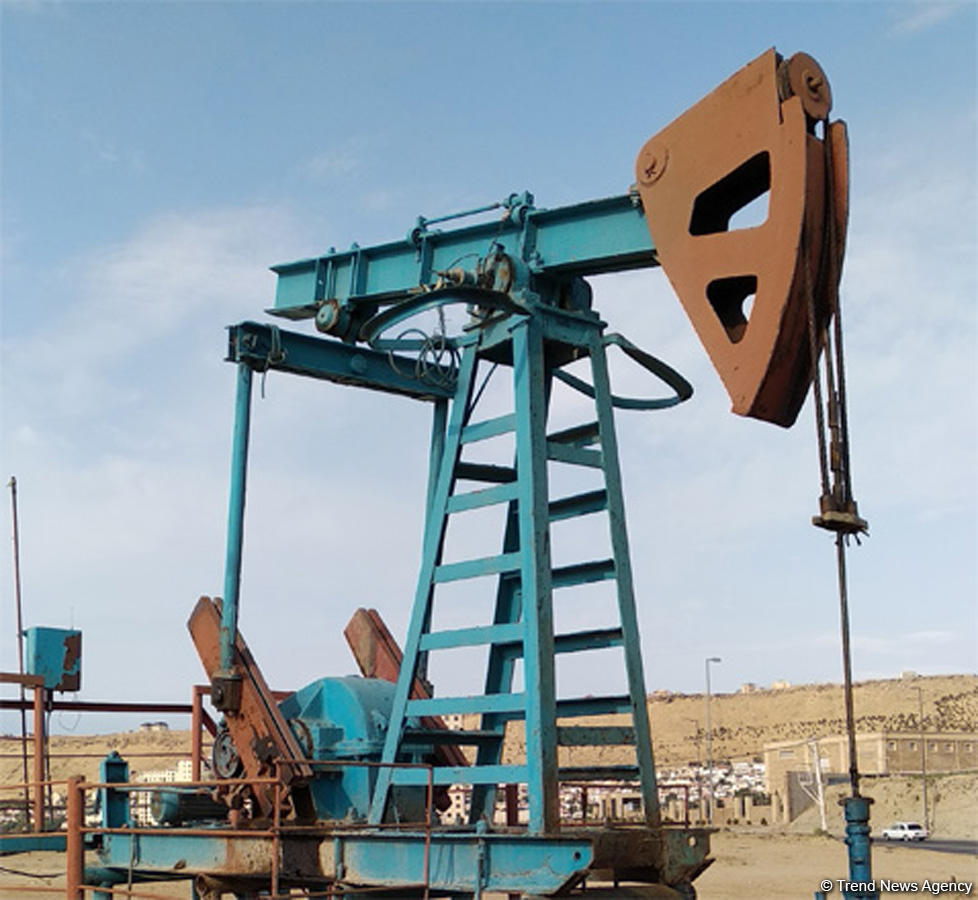BAKU, Azerbaijan, June 3
By Leman Zeynalova – Trend:
Upstream oil and gas investment is expected to rise by about 10 percent in 2021 as companies recover financially from the shock of 2020, but spending remains well below pre-crisis levels, Trend reports with reference to the International Energy Agency (IEA).
“Firmer demand and higher oil and gas prices have led to diverging investment strategies. Cost control remains a common theme, but some major national oil companies are looking to invest counter-cyclically to gain market share. Qatar’s decision to move ahead with the world’s largest liquefied natural gas (LNG) expansion, and to include carbon capture in its development plans, is a strong statement of intent to maintain a leadership position in LNG. There are strong pressures on private companies to keep oil and gas portfolios in check. Despite higher prices, the major oil companies are holding aggregate oil and gas spending flat in 2021, and their share of overall upstream spending is now at 25 percent, compared with nearly 40 percent in the mid-2010s,” reads the IEA report.
The shale sector is, for the moment, sticking to its newfound commitment to capital discipline, using higher revenues in 2021 to pay down debt and return money to shareholders rather than to increase output, according to the agency.
“The predominance of state-owned companies is also visible in coal supply, with investment dynamics largely determined by what happens in China and India. In China, the policy priority is to modernise the sector by shutting down small, inefficient mines and investing instead in large, fully mechanised mines. In India, the main driver behind domestic investment is to reduce coal imports. Overall, the overwhelming bulk of fuel supply investment in 2020 went into fossil fuels – 84 percent to oil and gas and 14.5 percent to coal (which is a much less capitalintensive sector). Around 1.3 percent was spent on low-carbon fuels.
Today’s investment spending on fuels appears caught between two worlds: neither strong enough to satisfy current fossil fuel consumption trends nor diversified enough to meet tomorrow’s clean energy goals,” said the IEA.
---
Follow the author on Twitter: @Lyaman_Zeyn






